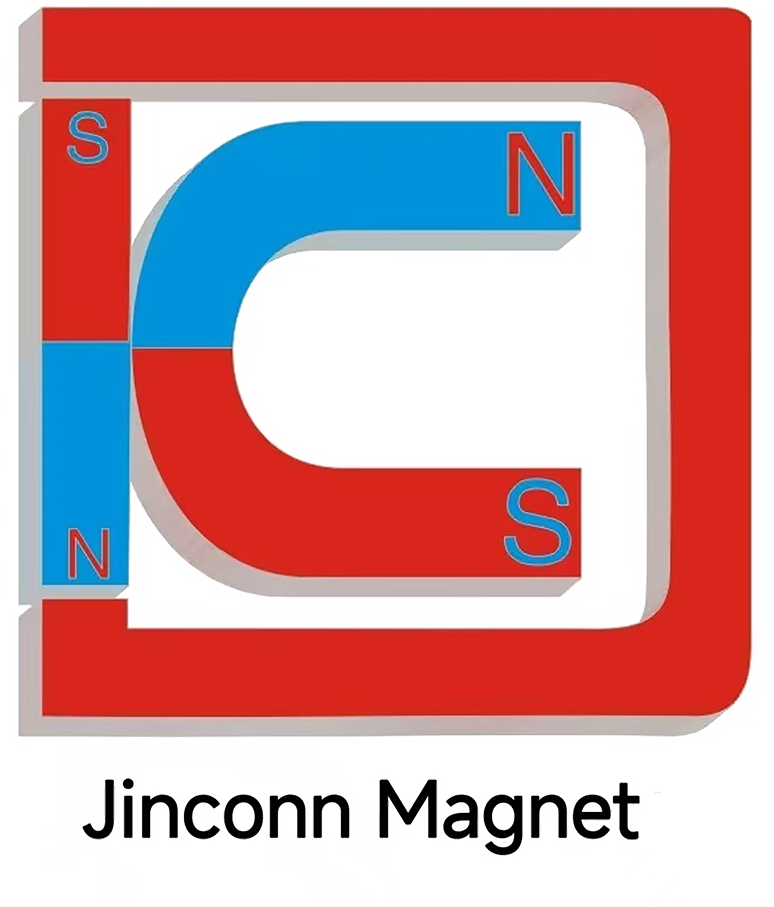The Shift Toward Rare-Earth-Free Permanent Magnets: An Industry Overview
The Shift Toward Rare-Earth-Free Permanent Magnets: An Industry Overview
In recent years, the magnet industry has witnessed a strong push toward developing rare-earth-free permanent magnet materials. Driven by the growing demand for sustainability, cost efficiency, and supply chain security, this trend is reshaping the global landscape of magnetic technology. While rare-earth magnets such as NdFeB and SmCo have long dominated the market due to their outstanding magnetic properties, concerns about the scarcity, price volatility, and environmental impact of rare-earth elements have fueled intense research into alternative solutions.
Rationale Behind the Rare-Earth-Free Movement
Rare-earth-free permanent magnets aim to achieve high performance without relying on critical raw materials. The motivation is clear: securing supply stability, reducing dependency on specific regions, and minimizing environmental footprints. Leading research institutions and industrial manufacturers are focusing on materials such as ferrite, Alnico, and innovative composites to bridge the gap between performance and sustainability.
One of the major challenges is to engineer materials that combine high temperature resistance and corrosion resistance—two factors essential for the longevity of magnets used in harsh environments. Advanced processing techniques and material optimization are unlocking new levels of performance for ferrite and Alnico magnets, enabling them to withstand elevated temperatures and resist chemical attacks.
High Coercivity and Stability Without Rare Earths
Another critical goal is to achieve high coercivity, a property traditionally associated with rare-earth magnets. Recent advances in grain refinement, chemical doping, and novel manufacturing methods have significantly improved the high coercivity and high stability of rare-earth-free magnets. These developments are making it possible to use these materials in demanding applications such as electric motors, sensors, and industrial automation.
The latest studies also highlight the role of strong adhesion in coating technology. By developing surface treatments that offer strong adhesion and corrosion resistance, engineers ensure that rare-earth-free magnets retain their properties over prolonged use, even in humid or chemically aggressive environments.
Customization in Magnet Solutions
Custom magnet solutions available for rare-earth-free materials are expanding rapidly. Manufacturers can now design magnets with tailored shapes, sizes, and coating systems to meet diverse application requirements. This flexibility not only addresses the need for strong adhesion and corrosion resistance but also allows for enhanced performance in niche markets such as green energy, automotive, and medical devices.
The Current Industry Landscape
Today, rare-earth-free magnets are gaining traction in a range of applications, from household appliances and automotive sensors to renewable energy generators and water treatment systems. Although their magnetic strength may not yet rival the top-tier rare-earth magnets, ongoing innovations in composition and manufacturing are narrowing the performance gap.
Looking ahead, the journey toward rare-earth-free permanent magnets represents both a technical challenge and a strategic opportunity for the global industry. With increasing research investment, collaborative projects, and cross-disciplinary innovation, these materials are set to play a vital role in the future of magnet technology.




Jinconn WeChat









